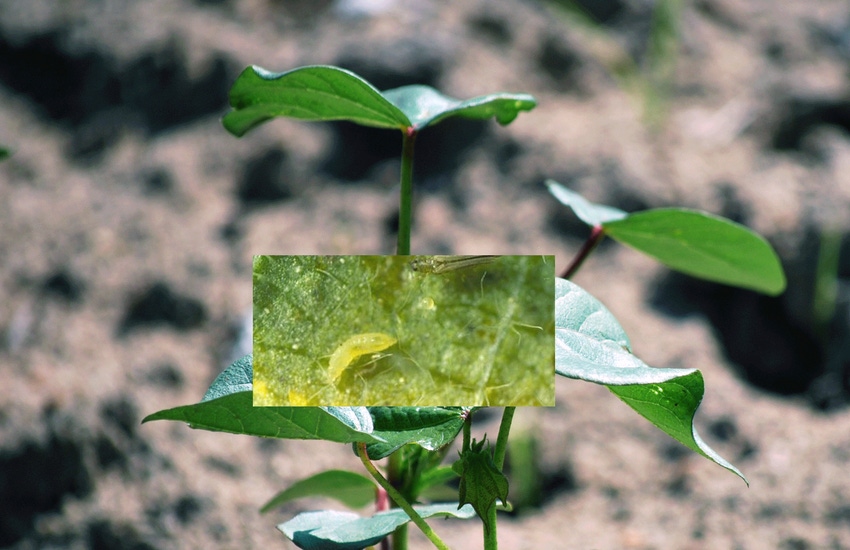
Tobacco thrips resistant to the neonicotinoid class of insecticides is a problem that won’t go away. Cotton farmers must remain proactive.
“We preached in the past a ‘one and done’ strategy,” said North Carolina State University Extension Entomologist Dominic Reisig at a cotton production meeting in Rocky Mount. “What we’ve been recommending is a seed treatment, followed by Admire Pro in the furrow at the full label rate, saying you wouldn’t have to follow up with a foliar spray. We have field failures of this treatment now in the field, so there are areas where it’s working very well and there are areas where it’s not working at all. We think this is a direct result of resistance”.
With that being said, what can cotton farmers do in 2016 knowing that they have resistance to neonicotinoids?
“First of all, I still think we need to use seed treatments. We don’t have another option,” Reisig stressed.
In addition to seed treatments, Reisig said products such as Admire Pro, Velum Total or Orthene should be used in furrow at planting. “If you use seed treatments alone, expect to spray,” Reisig said.
Reisig also stressed the importance of early spraying. “Once you see injury, it’s probably too late; you’ve already lost yield. You need to make those sprays early and often, and we do recommend scouting, making sure thrips are there before you spray,” he said.
“If you have a seed treatment, I’d say a spray is automatic. If you have a seed treatment plus something in furrow, make sure you scout and see what thrips are there before you make a spray decision,” he advised.
Reisig also noted that he is seeing an interaction with pre-emergent herbicide injury with thrips injury in cotton. “I don’t want you to stop using those pre-emergent herbicides, but what you think is thrips injury may actually be herbicide injury so we have to watch as we start tank mixing things together,” Reisig said.
However, he stressed that pre-emergent herbicides are still vital for Palmer Amaranth control. “If we think that we can get away from pre-emergent herbicides for palmer amaranth, we’re delusional; we’re in la la land. We can’t do that. We need to manage those weeds with pre-emergent herbicides.”
About the Author(s)
You May Also Like






